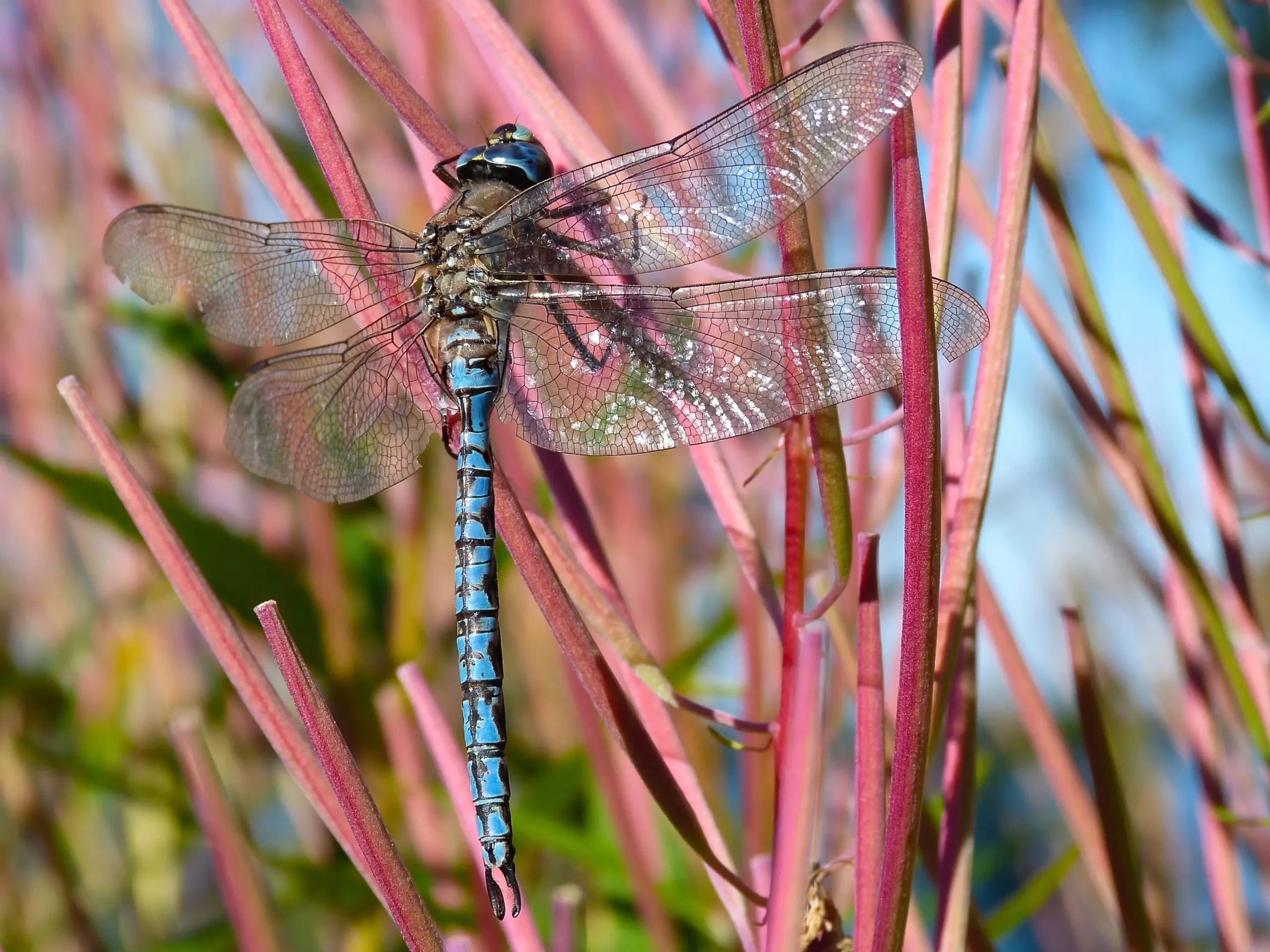A groundbreaking study has emerged, revealing a complex and nuanced understanding of mercury pollution and its movement across different ecosystems. This research, which may serve as a catalyst for changing how we approach environmental monitoring, showcases the striking differences in how mercury enters and behaves in drier versus wetter regions. Where once we assumed a uniform source and pattern for mercury contamination, this study underscores the necessity for a tailored approach based on local ecosystem characteristics. Rain and snow deposits dominate mercury pollution in arid areas, while in lush forests, the gaseous form of mercury adheres to leaves, eventually entering the ground as they decompose. This shifting paradigm speaks volumes about our need to adapt our methodologies in addressing and mitigating mercury exposure.
Dragonflies as Unlikely Environmental Sentinels
The tool employed to unearth these insights is perhaps one of the most unexpected: dragonflies. Through the Dragonfly Mercury Project, a collaboration between scientists and citizen volunteers, the study collected dragonfly larvae samples across 150 National Parks and numerous sites nationwide. The effort not only served scientific ends but also engaged the public in research, creating a bridge between ordinary citizens and complex environmental science. This duality emphasizes the value of citizen science, which proves to be as rigorous as it is rewarding, leading to a deeper community investment in environmental stewardship. Each dragonfly larva represents a microcosm of the ecosystem’s health, with mercury concentrations reflecting its surrounding environment as accurately as a detailed map.
Understanding Mercury Dynamics for a Safer Future
The implications of this research extend deep into environmental policy and public health. Mercury’s pernicious ability to bioaccumulate through the food chain can have dire consequences for both wildlife and human populations, particularly affecting fetal and young developmental health. Until now, much of the focus on mercury contamination has centered around fish and raptors. However, the new system identifies dragonfly larvae as a more effective, cost-efficient bioindicator for mercury contamination, capable of providing a clearer narrative about mercury exposure—especially in aquatic habitats where traditional sentinel species might not be present. This could allow for quicker and more targeted actions to mitigate risk.
The Promising Future of International Collaboration
The study further resonates beyond U.S. borders and addresses a global challenge. The Minamata Convention, an international treaty aimed at reducing mercury pollution, may find its strategies significantly enhanced by the findings of this research. Understanding how mercury enters and permeates diverse ecosystems worldwide is crucial for crafting effective international policies. These insights allow for a more nuanced approach to pollution regulation, paving the way for global health and environmental protection. Collaborations like these not only foster scientific advancement but also encourage an international dialogue about shared environmental woes and solutions.
Reimagining Environmental Monitoring and Management
With the advent of advanced technological analysis tools that can distinguish between various sources of mercury pollution, resource management agencies have newfound opportunities to optimize their monitoring methods. No longer confined to generic strategies, these entities can tailor their approaches based on the specific ecological tendencies of a site. This specificity is not just beneficial; it is essential for truly effective environmental management and conservation strategies. As noted by Richard Haeuber of the EPA, this refined understanding can enable agencies to prioritize their actions, ensuring that the resources dedicated to monitoring and remedying mercury pollution yield substantial benefits for both ecosystems and community health.
Engagement and Empowerment through Citizen Science
The fact that everyday citizens can contribute to such pivotal research elevates the role of community involvement in scientific discourse. By participating in data collection, volunteers not only contribute to the broader scientific mission but also gain a personal stake in the outcomes of their work. This remarkable shift in perspective reinforces the narrative that the fight against environmental threats like mercury pollution is not solely a task for scientists; it is an endeavor for everyone. The empowering feel of transforming outdoor enjoyment into impactful research can create a ripple effect, leading to stronger advocacy for protective measures.
The interplay of scientific inquiry and public involvement highlighted in this study represents a hopeful advance in environmental science. As we untangle the myriad complexities of mercury pollution, the collaborative nature of this research exemplifies a path forward, merging local knowledge with global responsibility in the cherished quest for a healthier planet.


Leave a Reply